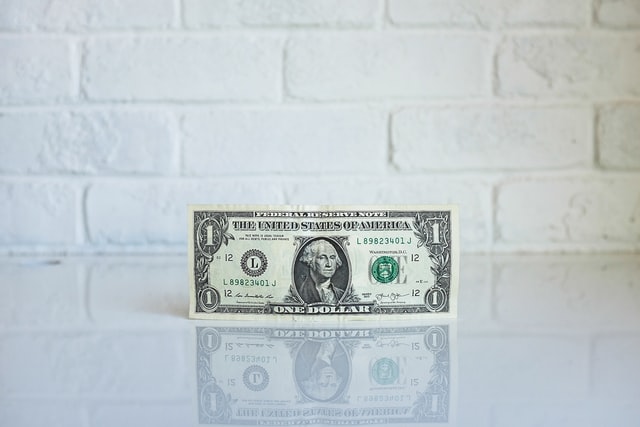
Economics & Growth | Monetary Policy & Inflation | US

Economics & Growth | Monetary Policy & Inflation | US
This article is only available to Macro Hive subscribers. Sign-up to receive world-class macro analysis with a daily curated newsletter, podcast, original content from award-winning researchers, cross market strategy, equity insights, trade ideas, crypto flow frameworks, academic paper summaries, explanation and analysis of market-moving events, community investor chat room, and more.
The 2s10s yield curve has inverted for the first time since 2019 with the 10y yield (2.38%) now 6bps below the 2y yield (2.44%). Meanwhile, 3m yields remain well below the 10y with current Fed policy rates still low. Our recession model that uses 2s10s curve as the input is now assigning a 62% probability of recession within the next 12 months. This is the highest assigned probability since prior to the Global Financial Crisis in 2008 and is comparable to the highest probabilities assigned during the pandemic. Meanwhile, the Fed’s recession model, which uses the 3m10y part of the yield curve, is only assigning a 2% probability of recession.
We introduced two models for predicting US recessions using the slope of the yield curve. When long-term yields start to fall towards or below short-term yields, the curve flattens or inverts. This has often predicted a recession in subsequent months. One model from the Fed is based on the 3m10y curve and the second is our modified version based on the 2y10y curve. The two-year would better capture expectations for Fed hikes in coming years. It is therefore more forward-looking. So, our preferred yield curve is the 2y10y curve (10-year yields minus two-year yields).


Spring sale - Prime Membership only £3 for 3 months! Get trade ideas and macro insights now
Your subscription has been successfully canceled.
Discount Applied - Your subscription has now updated with Coupon and from next payment Discount will be applied.